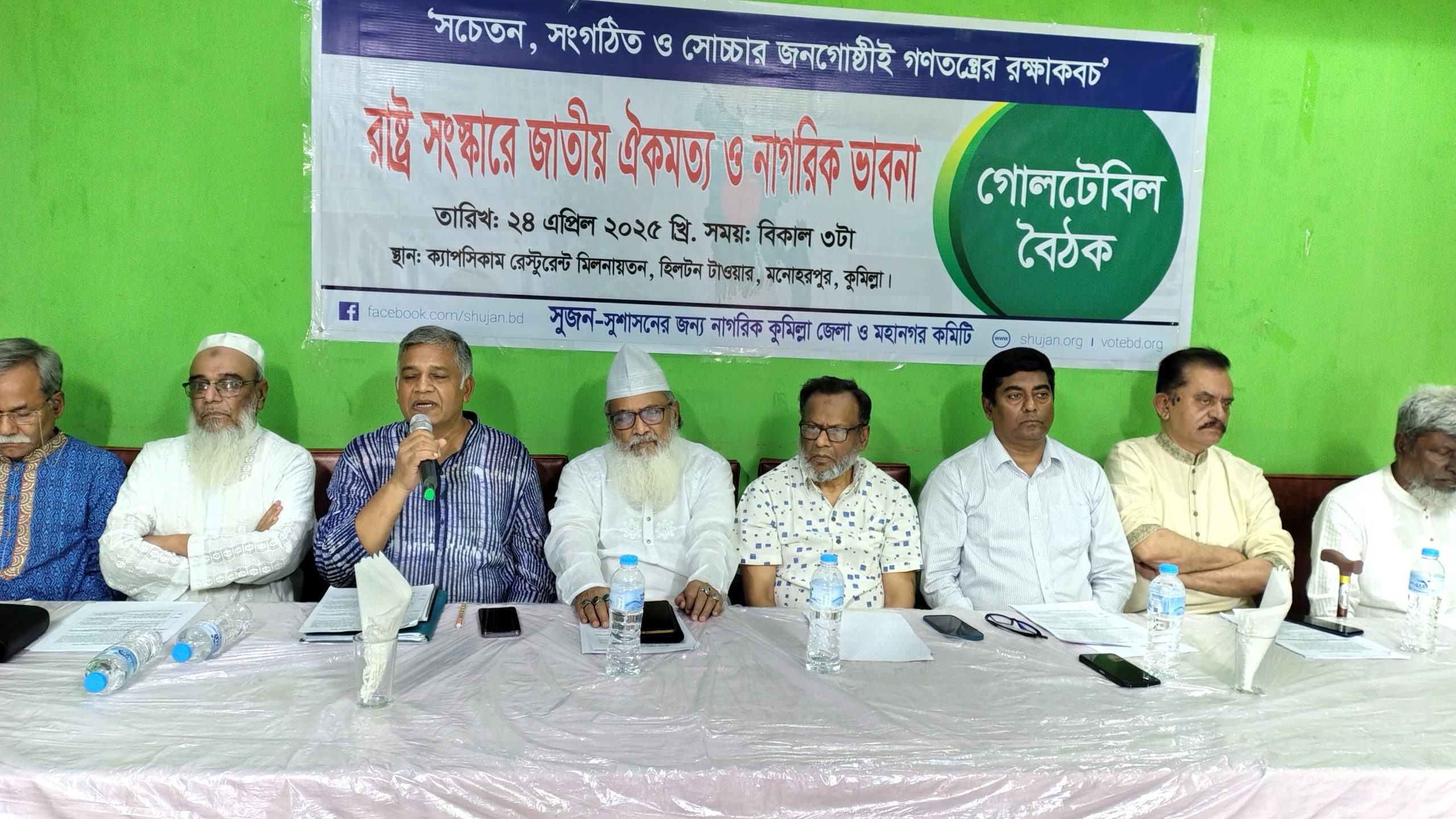After the mission to the moon, the Indian spacecraft has started its journey towards the sun. India witnessed another historic moment at 11:50 PM local time on Saturday (02 September). On this day, Indian space research organization ISRO’s spacecraft Aditya-L1 crossed towards the sun. The spacecraft took off from the launching pad of the Satish Dhawan Space Research Center in Sriharikota, Andhra Pradesh at 11:50 a.m. on the shoulder of the Indian rocket ‘Polar Satellite Launch Vehicle’ (PSLV). There is a mood of jubilation across the country for the launch of Aditya-L1. The launch moment of Aditya-L1 was seen through live streaming from various places. On August 23, ISRO’s third Chandrayaan set foot on the moon. The third Chandrayaan lander Vikram landed on the lunar surface at 6:40 pm with rover Pragyan. And within 10 days, ISRO’s solar spacecraft Aditya-L1 successfully flew towards the sun. Aditya-L1 is the first spacecraft sent from India to the Sun. Another name of Sun is Aditya. The spacecraft has been named in accordance with this. According to ISRO, the spacecraft will be placed at the Lagrange point or L1 point of a ‘halo’ orbit between the Sun and the Earth. The spacecraft will reach the destination by traveling about 1.5 lakh kilometers. It will take about 120 days. Aditya-L1 has been sent into space to collect various information about the Sun’s atmosphere. According to ISRO, Aditya-L1 will orbit the earth for about 16 days after launch. In these 16 days, Aditya will accelerate in five stages to pass towards the Sun. Then it will travel towards the sun for 110 days and observe the sun by standing at a certain distance. At this Lagrange point, the attraction and repulsion forces of the Sun and the Earth interact together. As a result, artificial satellites can remain stationary after reaching this region. Aditya-L1 will try to know the effect of the sun on the space environment, weather, it. The spacecraft carries a total of seven payloads. They are designed to observe the different layers of the Sun in detail. These payloads will observe anything from the photosphere to the chromosphere or the corona, the outermost layer of the Sun. Besides, it will also help scientists to understand heliocentric issues like solar heating, emission of solar material, solar storms. There are two main payloads, the Visible Emission Line Coronagraphy (VELC) and the Solar Ultraviolet Imaging Telescope (SUIT). After reaching the Lagrange point, this VELC payload will send 1,440 images per day. So this payload is considered to be one of the most important payloads of Aditya-L1. Other payloads are Solar Low Energy X-ray Spectrometer (SOLEXS), High Energy L1 Orbiting X-ray Spectrometer (HEL1OS), Aditya Solar Wind Particle Experiment (SPEX) and Plasma Analyzer Package for Aditya (PAPA). 3 crore was allocated in the financial year 2016-17 for the implementation of this scheme at pilot level. However, the plan has grown considerably since then. The spacecraft was named Aditya-L1 after Aditya. In July 2019, the cost of its launch alone stood at Tk 378 crore 53 lakh. If this mission is successful, ISRO will be able to predict solar storms. Besides, this spacecraft will also help to understand the effect of solar climate change. India is expected to get a lot of unknown information about the Sun through this expedition.
Views: 0










